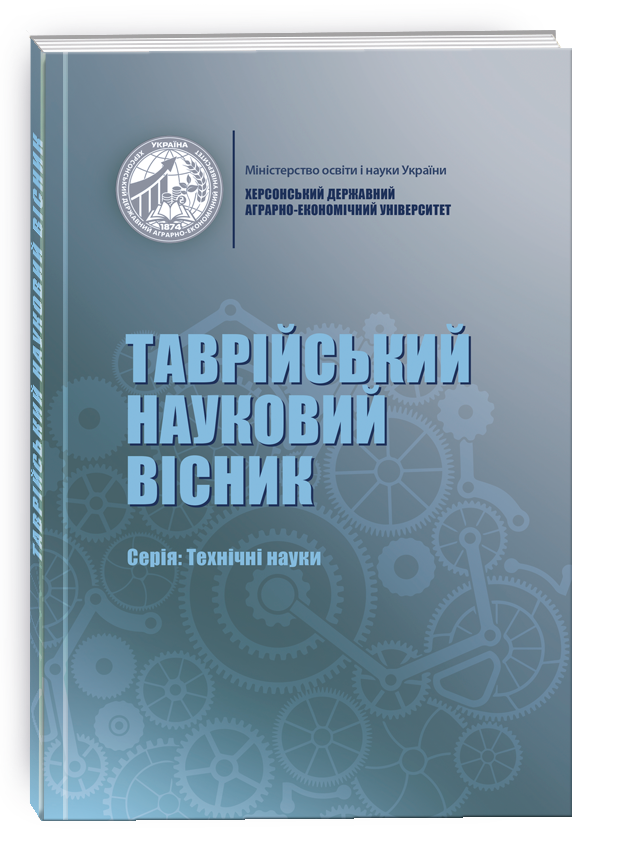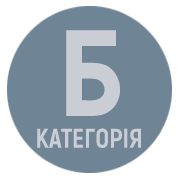OPTIMIZATION MANUFACTURING TECHNOLOGY OF ULTRAHIGH-FREQUENCY DIODE
DOI:
https://doi.org/10.32782/tnv-tech.2025.1.54Keywords:
ultra-high-frequency diode, epitaxial packing defects, oxidative packing defects, reverse current, getter, diode structuresAbstract
A microwave semiconductor diode (microwave diode) is a semiconductor diode designed for converting and processing a microwave signal. Semiconductor microwave diodes are used in various radio electronic equipment and measuring equipment in the microwave range, i.e. at frequencies above 300 MHz. Initially, microwave diodes were used for detecting and mixing signals. For these purposes, point diodes were used, in which the rectifying electrical transition occurred between the semiconductor crystal and a clamping metal electrode in the form of a pointed spring. Recently, new types of microwave diodes have almost completely replaced point detector and mixing diodes. They make it possible to solve the problems of generating and amplifying electromagnetic oscillations in the microwave range, frequency multiplication, modulation, regulation, signal limitation, etc. However, despite their widespread use, the cost of microwave diodes remains relatively high due to the low yield of usable diodes, which is explained by the high level of reverse current of the devices. The article discusses the causes and mechanisms of degradation of the reverse characteristics of microwave diodes. It is shown that the reason for the low yield of diodes is the significant influence on their reverse characteristics of structural defects and impurities and the quality of the surface of varicap structures. It is established that the main reason for the low percentage of yield of suitable investigated varicaps are epitaxial packing defects in the original epitaxial structures and oxidative packing defects formed in the active regions of varicap structures in the processes of high-temperature operations.The conducted studies have shown that the most effective method of preventing the formation of structural defects in epitaxial layers is the creation of a gettering region on the reverse side of the substrates by means of its processing with an Nd – laser. The proposed technology for manufacturing diode structures using gettering with a getter region created on the reverse side of a silicon substrate by laser processing it before deposition of an epitaxial layer is considered in detail. Experimental results of the study of the influence of gettering on the reverse characteristic of a microwave diode are presented, and possible mechanisms of this influence are analyzed. The effectiveness of the proposed technology using gettering in reducing the level of reverse currents and increasing the percentage of yield of suitable devices is shown.
References
Татарчук Д.Д., Діденко Ю.В., Поплавко Ю.М. Мікрохвильова електроніка. Підручник. Київ: КПІ ім. Ігоря Сікорського, 2023. 216 с.
Бондаренко І.М., Бородін О.В., Галат О.Б., Карнаушенко В.П. Твердотільна електроніка. Навчальний посібник. Харків: ХНУРЕ, 2020. 236 с.
Ravi К.V. Imperfections and Impurities in Semiconductor Silicon. John Wiley & Sons, New York, 1981. 379 p.
Smyntyna V.A. Sviridova O.V. Genesis of initial defects in the process of monocrystalline silicon oxidation with subsequent scribing // Semiconductor Physics, Quantum Electronics & Optoelectronics, 2010. Vol. 13, № 1. P. 74-78.
Meda L., Gerofolini G.F., Queirodo Gr. (1987) Impurities аnd defects in silicon single crystal //Progress Crystal Growth and Characterization, 15(2), 97-131.
Milnes A. G. Deep Impurities In Semiconductors. John Wiley & Sons, New York, 1973. 526 p.
Renschi S. Durability of mechanical damage gettering effect in Si wafers // Japanese Journal of Applied Physies, 1984. Vol. 23, № 8. Pt.1. P. 959-964.
Lecrosnler D., Paugam J., Richou F. et al. Influence of phosphuuuorus-induced point defects on a gold- gettering mechanism in silicon // J. Appl. Phys., 1980. Vol. 51. № 2. P. 1036-1040.
Павлов С. М. Основи мікроелектроніки. Навчальний посібник. Вінниця : ВНТУ, 2010. 224 с.
Litvinenkо V. N., Vikulin I. М., Gorbachev V. E. Improvement of the reverse characteristics of Schottky diodes using gettering. Tekhnologiya i Konstruirovanie v Elektronnoi Apparature, 2019, no. 1, pp. 34-39. http://dx.doi.org/10.15222/ TKEA2019.1-2.34.
Prussin S. Jon implantation gettering: a fundamental approach // Solid State Technology, 1981. № 7. P. 52-54.







